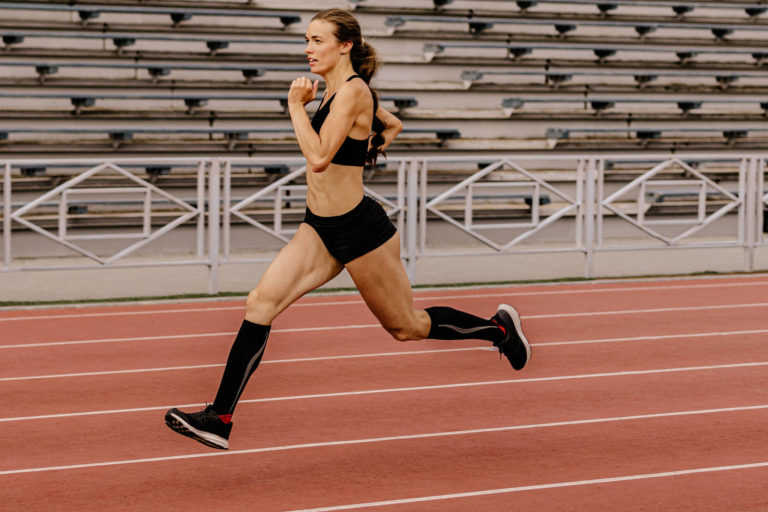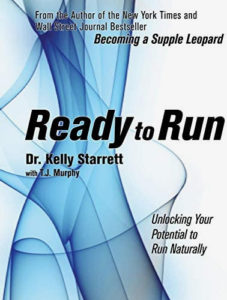Strengh Sensei Bookshelf
Ready to Run by Kelly Starrett
Appling the Supple Leopard principles to running

One of the most popular self-help books on movement and mobility is Dr. Kelly Starrett’s Becoming a Supple Leopard. In his follow-up book, Starrett showed how to infer the information from that bestseller into helping those who want to run further, faster, and without pain.
As with Starrett’s first book, Ready to Run is professionally produced, well-illustrated with photos and tables, and written for the general audience. Let’s start with the publicist’s product information. They claim the book will teach you the following:
- The 12 performance standards you must work toward and develop on an ongoing basis
- How to tap into all your running potential and access a fountain of youth for lifelong running
- How to turn your weaknesses into strengths
- How to prevent chronic overuse injuries by building powerful injury-prevention habits into your day
- How to prepare your body for the demands of changing your running shoes and running technique
- How to treat pain and swelling with cutting-edge modalities and accelerate your recovery
- How to equip your home mobility gym
- A set of mobility exercises for restoring optimal function and range of motion to your joints and tissues
- How to run faster, run farther, and run better
The focus of Ready to Run is meeting 12 performance standards that assess your readiness to run. Here they are: 1) Neutral feet, 2) Flat shoes, 3) A supple thoracic spine, 4) An efficient squatting technique, 5) Hip flexion, 6) Hip extension, 7) Ankle range of motion, 8) Warming up and cooling down, 9) Compression, 10) No hot spots, 11) Hydration, 12), Jumping and landing. You might look at this program as a version of Charles Poliquin’s structural balance assessments but designed for runners.
Consider Performance Standard #2, Flat Shoes. This chapter deals with not only how to select the right shoes (whether for running, work, or recreation), but how to condition your feet so that you are comfortable wearing shoes where the heel is not higher than the forefoot. But consider this is not a quick fix. For example, Starrett shows the before-and-after photos of a 34-year-old woman runner who went from flat feet to normal arches. That’s the good news. The bad news is that the process took two years!
As with the Becoming a Supple Leopard book, mobility work is an essential component of this running program (FYI: Coach Poliquin was a fan of foam rollers for decompressing the spine before training sessions). The major methods Starrett uses are Smash, Contract-Relax, Pressure Wave, Stripping, Smash and Floss, Global Shear, Flexion Gapping, Tack and Twist, Banded Flossing, VooDoo Floss Band Compression. Some of these methods require special tools (such as lacrosse balls and foam rollers) but are relatively inexpensive.

Ready to Run concludes with short chapters on how to overcome common running injuries and (when self-care doesn’t work or work as quickly as you want) how to get the most out of sports medicine practitioners such as a physical therapist, chiropractor, or a massage therapist. There is also a short section on resources to help you learn more about self-maintenance.
[You can purchase Dr. Kelly Starrett’s Ready to Run from Amazon.com.]
